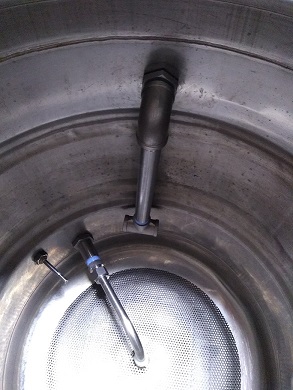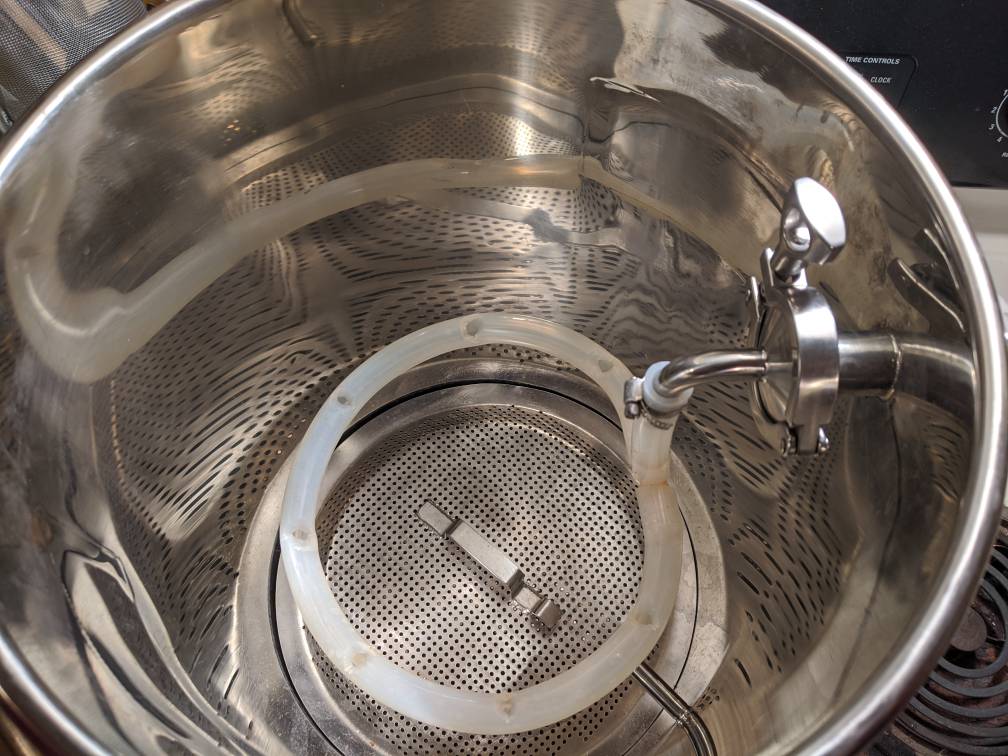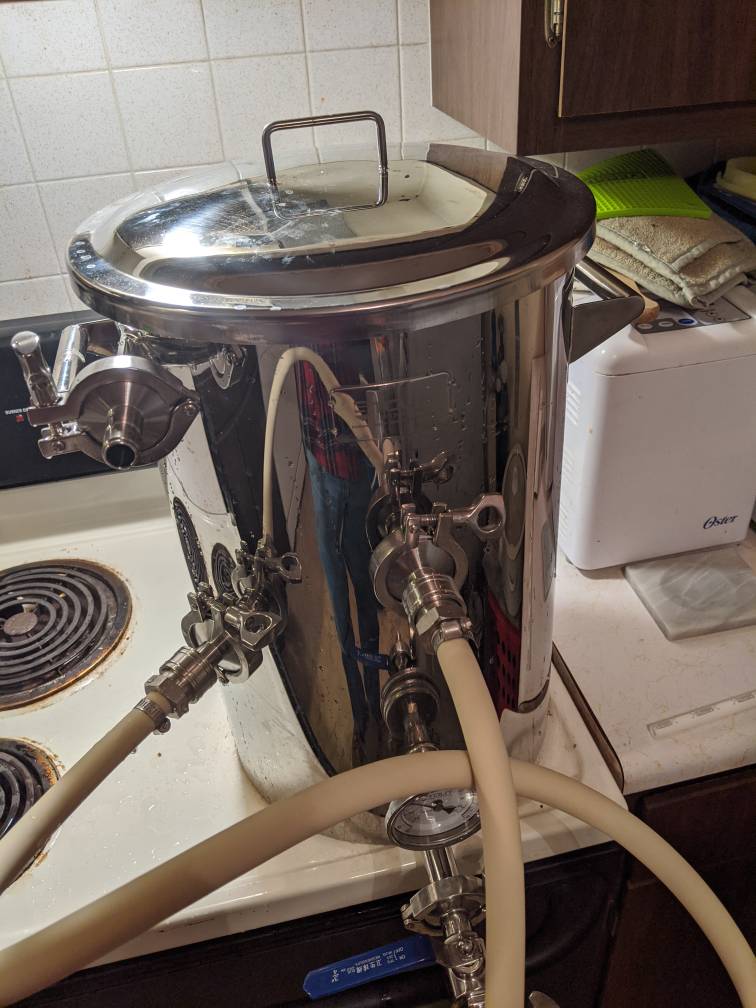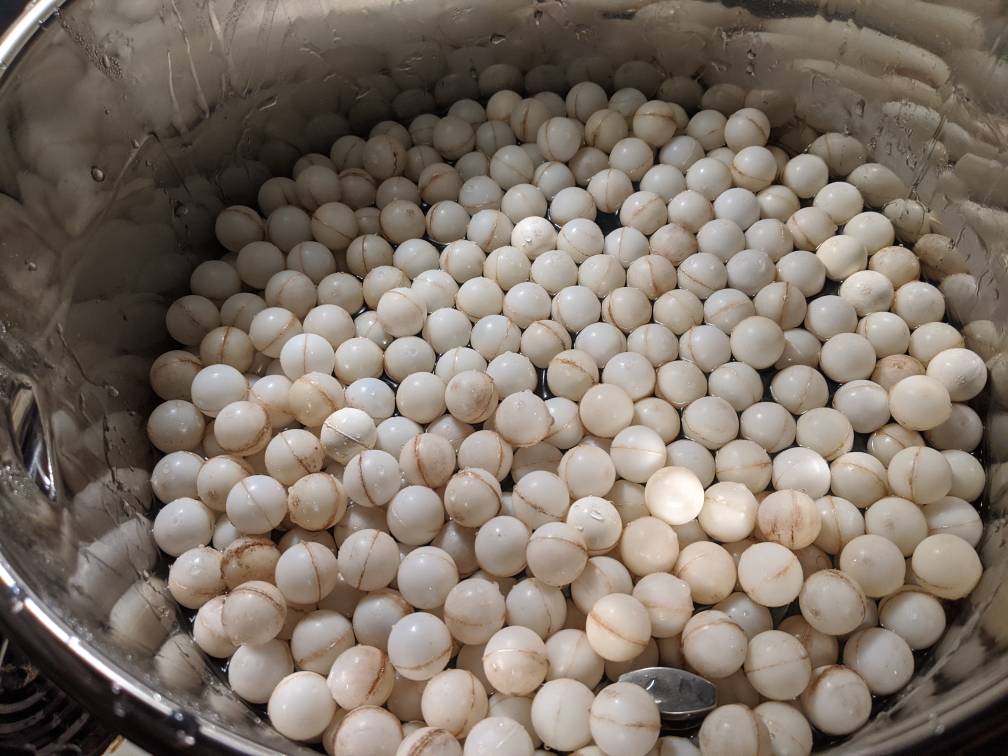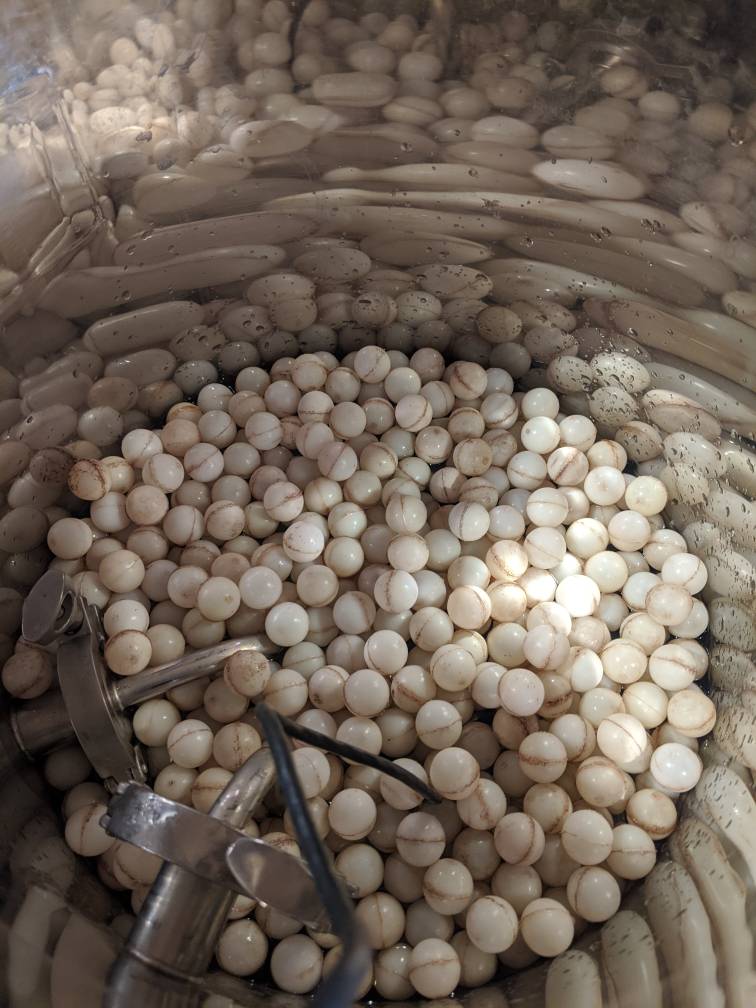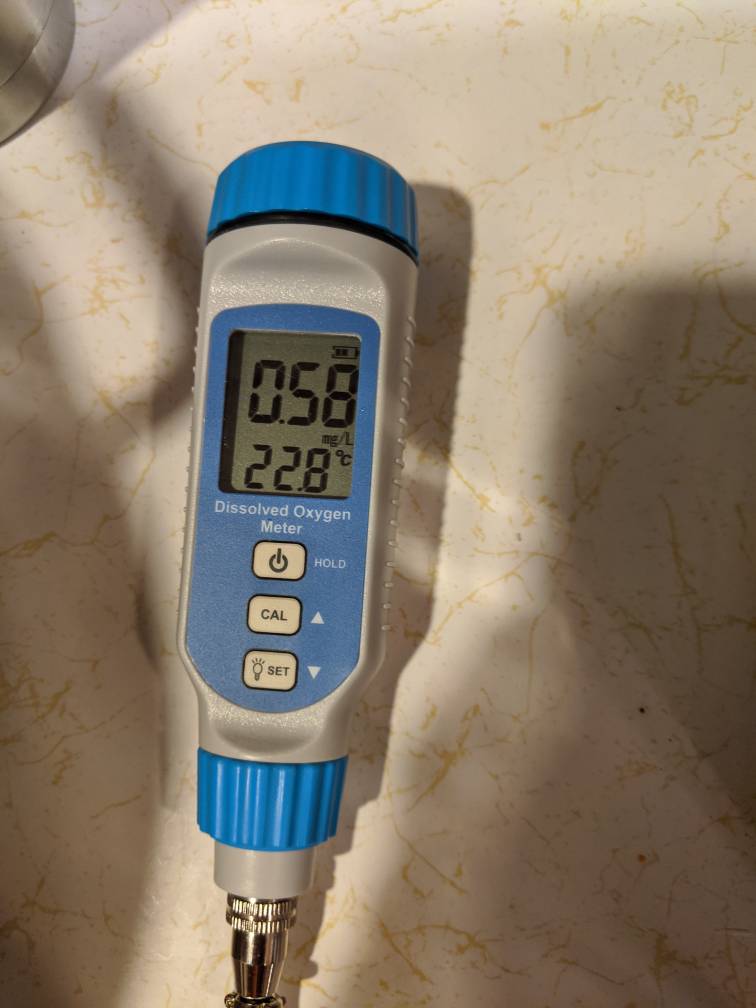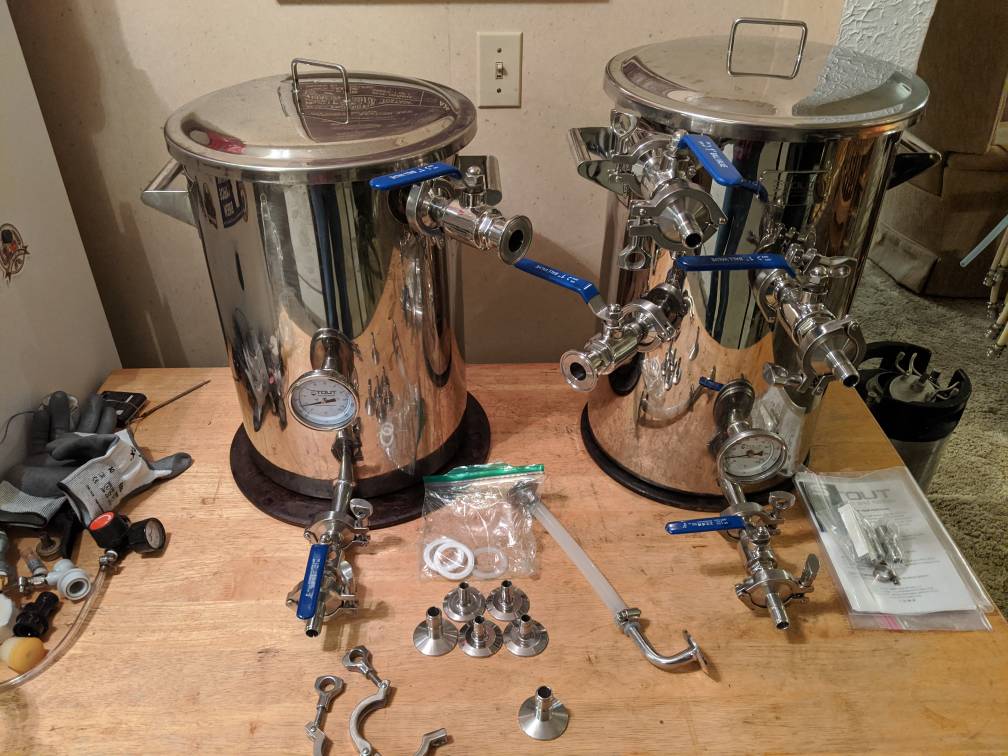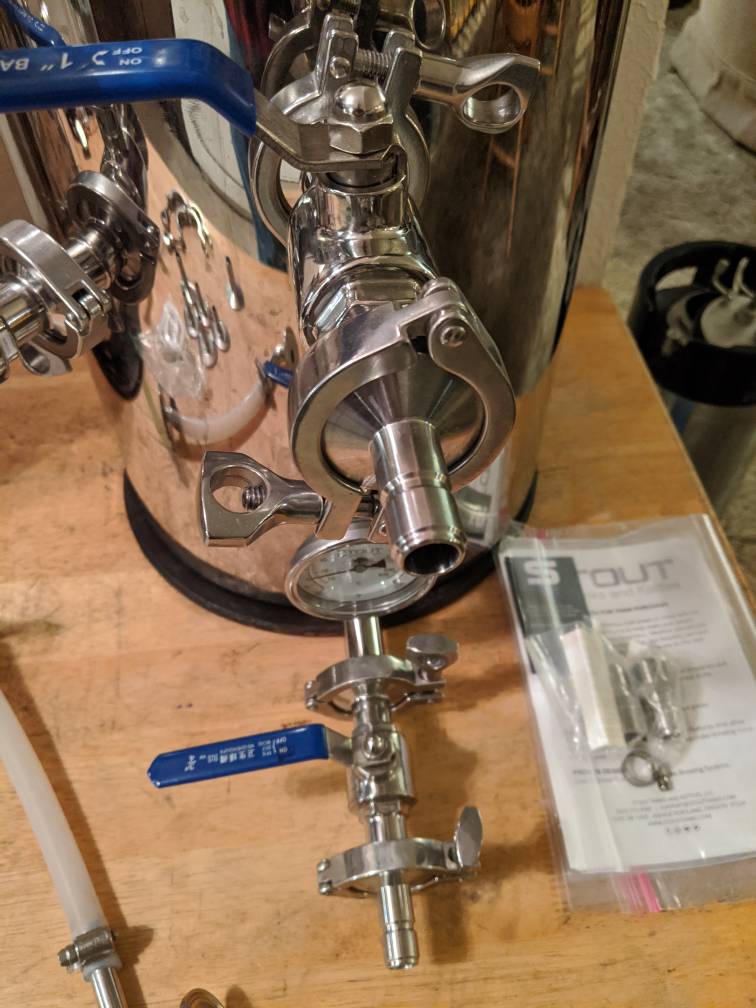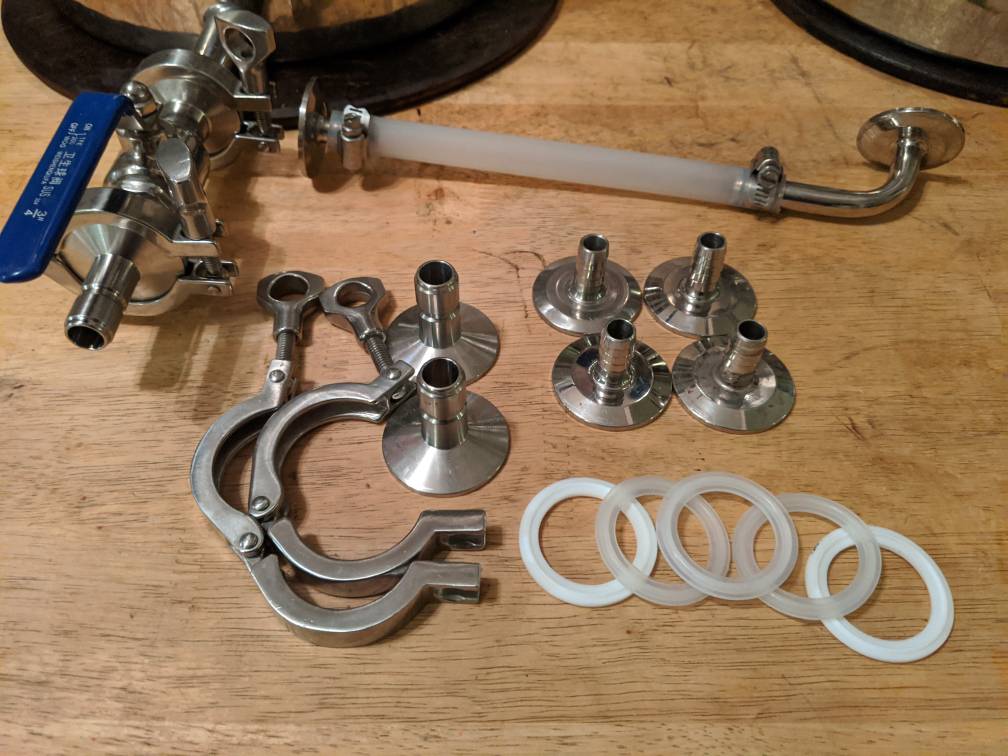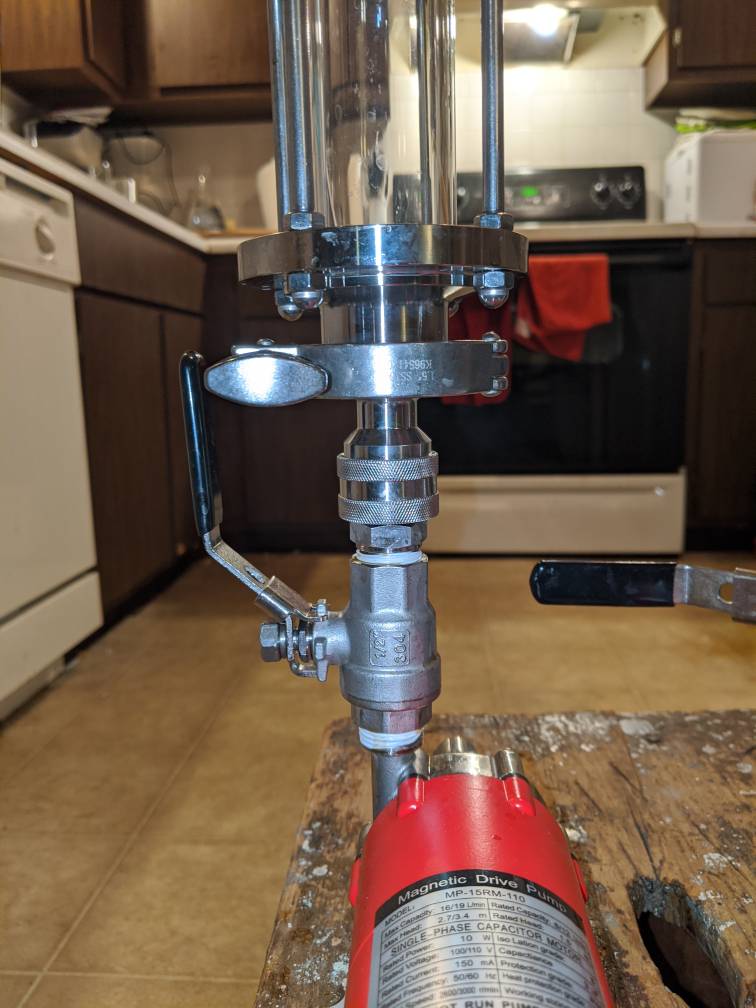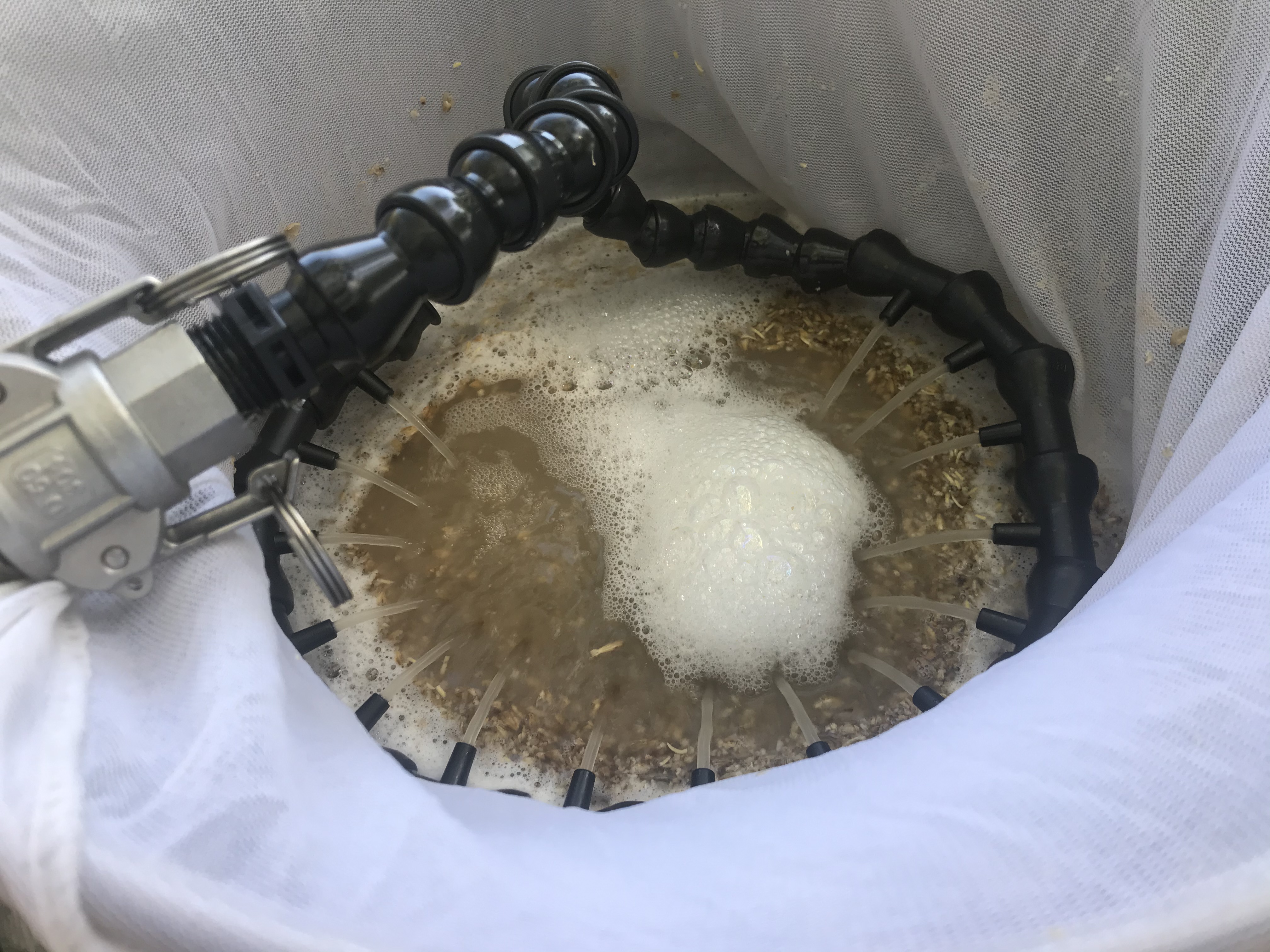As a matter of fact, I do. This was my plan as I was picking out all my new fittings (I'm upgrading to all 1/2" tubing with ball-lock quick connects).
My brew day has 7 flow paths. It'll be single tier with no gravity transfers.
In order:
- Transfer water from kettle (being used as HLT) to the mash tun.
- Recirculate the mash through the RIMS.
- Transfer the wort to the kettle.
- Recirculate wort through the CFC to chill.
- Ground water chilling phase.
- Ice water recirculation chilling phase.
- Transfer chilled wort from kettle to fermenter.
Hoses are labeled with letters.
View attachment 639366
As to the "why" ... This is the Low Oxygen Brewing subforum. By eliminating oxygen on both the hot side and cold side we can make beer with
amazing flavor.
My RIMS needs to return the wort under the surface so there's no splashing/aeration.
Cheers


